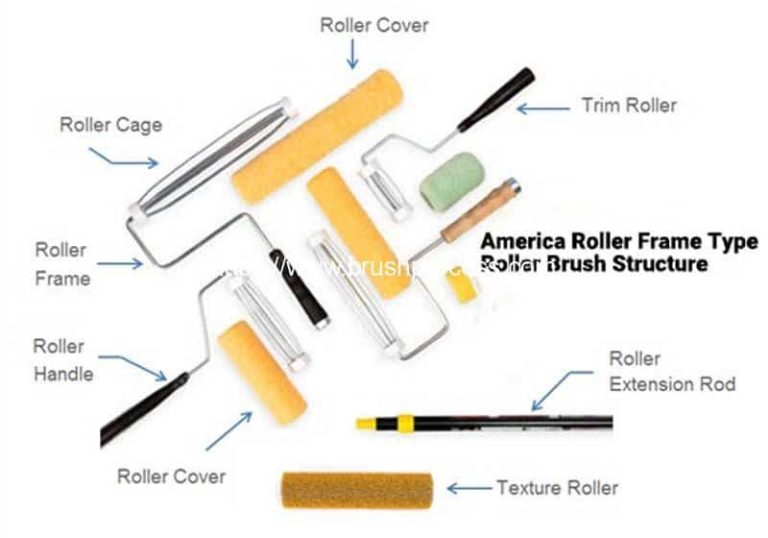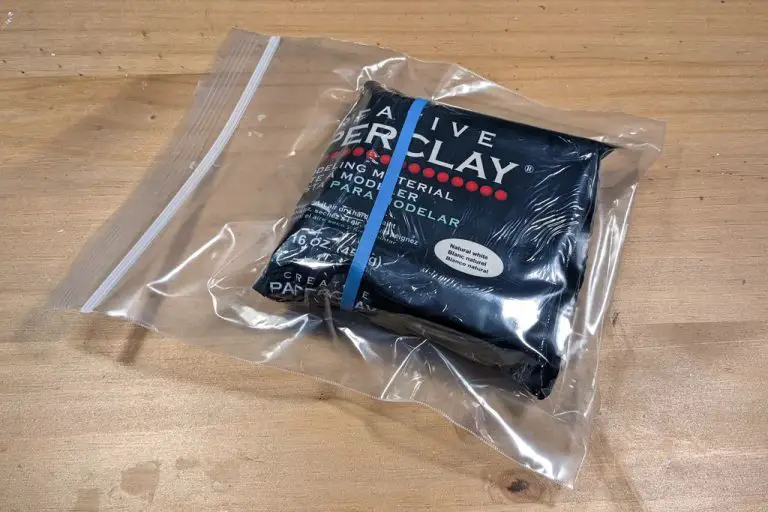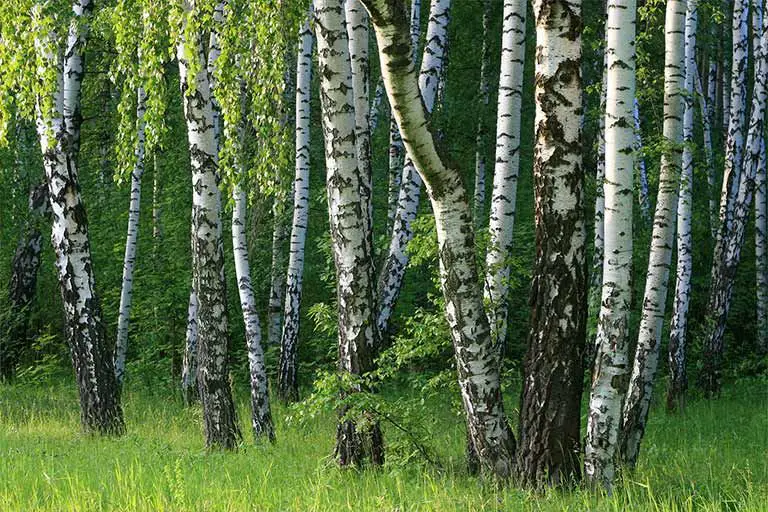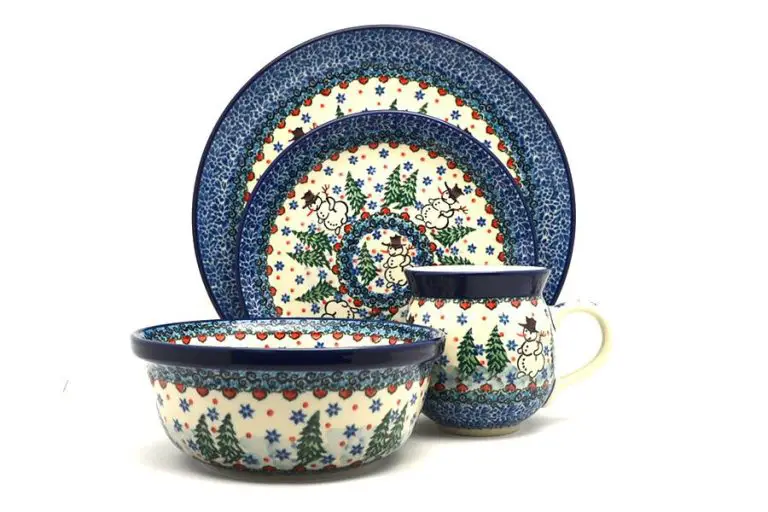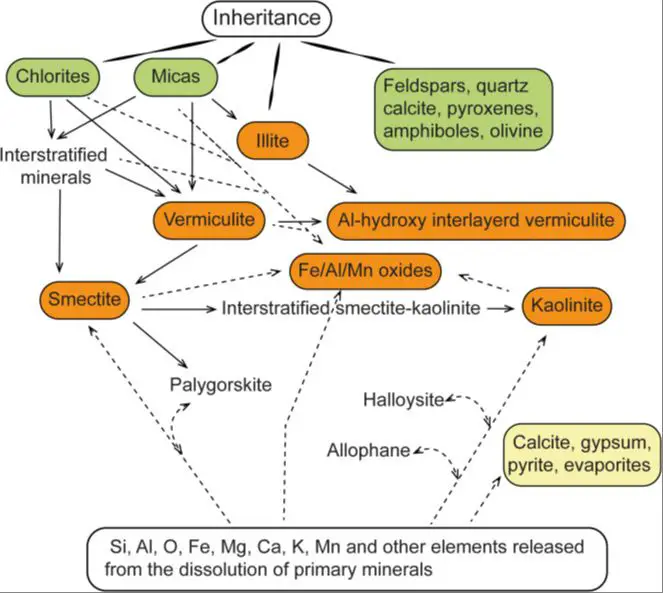How To Value A Yixing Teapot?
Yixing teapots originated in the city of Yixing, China and have a history dating back to the 15th century Ming Dynasty. The purple sand clay found around Yixing allowed artisans to create teapots specifically for brewing tea leaves, unlike previous teapots that were simply used for heating water [1]. Yixing teapots are unique in their ability to absorb the flavors and aromas of the teas brewed in them over time, eventually developing a complex seasoned flavor. Their porous nature also allows the teapot to control the brewing process and bring out the best qualities of the tea.
The value of an antique Yixing teapot depends on various factors like age, artisan, size, craftsmanship, condition, rarity and provenance. The finest quality vintage Yixing teapots made by renowned artisans can fetch thousands of dollars at auction. More recent mass-produced pieces may only sell for $100-200. Genuine handmade teapots with markings from known workshops generally start around $500 and increase in value with age and renown of the maker.
Authenticity
Determining if a Yixing teapot is authentic or a reproduction can be challenging. However, there are a few key signs to look for:
Examine the clay closely. Authentic Yixing clay should feel smooth and almost greasy to the touch. There should be no dust, flakes, or color that transfers to your hands upon touching an authentic teapot (Serviana). Reproductions often use inferior clay that feels gritty or dry.
Look for small imperfections in the clay like tiny white spots, tiny black spots, or tiny holes on the surface. These are signs of an authentic handmade teapot, as reproductions are often perfectly smooth (Mud & Leaves).
Examine the bottom for markings like chops and seals that identify the artisan. Authentic teapots will be stamped with the maker’s identifying marks. Reproductions often lack these hallmarks of authenticity.
Perform a boiling water test by pouring boiling water into the teapot and tasting it. Authentic purple clay should impart some mineral flavor, while reproductions will not.
Consult an expert if still uncertain about authenticity, as telltale signs can be subtle to the untrained eye.
Age
The age of a Yixing teapot can significantly impact its value. There are a few techniques that can help determine the approximate age of a Yixing teapot:
Look at the markings – Authentic antique Yixing teapots often have markings on the bottom or inside the lid indicating the region, studio, or artist who made it. Certain styles of markings were used during certain time periods, which can help date the teapot. For example, teapots made during the Republic period (1912-1949) often have four-character hallmarks.
Examine the clay – The clay used in older Yixing teapots tends to develop a beautiful patina over time, with a smooth, silky feel. The clay may also darken with age. If the clay looks too bright and feels rough, it may indicate a newer teapot.
Consider the shape and style – The shape and decorative motifs of Yixing teapots evolved over the centuries, from simple archaic styles to more elaborate literati designs. Identifying the style provides clues about the era of origin. For instance, teapots with minimal decorations tend to be older.
Assess craftsmanship – Earlier teapots were entirely handmade, with subtle imperfections that give them character. Machine-made modern reproductions often look more uniform. Signs of handcrafting usually point to an older, more valuable teapot.
In general, genuine antique Yixing teapots from the Ming and Qing dynasties (1368–1912) command the highest prices. Well-crafted teapots from the early 20th century also have significant value. The older and rarer the teapot, the greater its worth as an antique.
Artisan
Yixing teapots are made by highly skilled artisans, and the most famous masters are highly sought after by collectors. Some of the most renowned Yixing artisans include Chen Mingyuan, who pioneered the use of zhuni clay, and Guang Yao Shi, known for his innovative teapot shapes. Identifying the maker is key to determining the value of a Yixing teapot.
The signature or markings of a famous artisan can significantly increase the value of a Yixing teapot. Some of the most prized and expensive pots bear the marks of master craftsmen like Chen Mansheng, Zhou Letian, and Pu Jianghou. Teapots made by these masters regularly sell for tens of thousands of dollars at auction.
It’s important to verify the authenticity of any signatures, as some lower quality teapots have forged marks. Signatures can be stamped, written with a brush, engraved, or impressed. Study the signature to see if it matches verified examples from the artisan. Also inspect the quality of the clay, craftsmanship, and other details to determine if the teapot is worthy of the master’s mark.
Size
Yixing teapots come in a variety of sizes, typically ranging from 40ml to 300ml. Some common sizes are:
- 40-60ml – Called a “single-person” pot, good for 1-2 cups
- 100-120ml – A “two-person” pot good for 3-4 cups
- 150-200ml – A “three-person” pot good for 5-7 cups
- 250-300ml – A “four-person” pot good for 8+ cups
In general, smaller teapots tend to be more valuable and collectible than larger ones. This is because small teapots require greater skill to craft well, especially the tiny 40-60ml single-person size. Famed Yixing artisans like Chen Mingyuan are known for their diminutive works.
Larger antique teapots from famous artists can still fetch high prices at auction, but tiny teapots often sell for exponentially more due to their rarity and delicacy. For example, a 50ml single-spout pot by Chen Mingyuan sold for over $15,000 USD in 2012, whereas a 200ml pot may only sell for a few thousand dollars.
When evaluating size, remember that skilled craftsmanship and artistry have a greater impact on value than size alone. But all else being equal, smaller high-quality Yixing teapots command higher prices than larger ones.
Source: https://nl.pinterest.com/pin/407927678734497749/
Craftsmanship
The craftsmanship of a Yixing teapot is a key indicator of its quality and value. Signs of high quality construction include:
- Thin, evenly shaped walls without air pockets or imperfections
- A finely crafted spout and handle with clean lines and no excess clay
- A well-fitting lid that seals tightly
- Smooth, refined surface texture inside and out
- High density clay that does not sound hollow when tapped
Lower quality teapots may have thicker, uneven walls, crudely attached handles, loose fitting lids, or a porous, pitted surface. Examining the spout, handle, lid fit, clay density, and overall refinement of the teapot construction will help determine the level of craftsmanship.
Master Yixing artisans blend technical skills with artistic expression to produce teapots of exceptional quality. Subtle curves, delicate details, and a natural looking finish demonstrate fine craftsmanship worth a premium.
Condition
The condition of a Yixing teapot has a significant impact on its value. Assessing the condition involves looking for any damage, repairs, wear and tear, or other imperfections.
Chips, cracks, or repairs will negatively affect value. Small chips on the spout, handle, or lid are common with older Yixing teapots. However, large cracks or breaks that have been repaired can decrease value by 50% or more. Unglazed areas that show excessive wear from repeated handling may also reduce value.
The best pieces show little to no wear on glazed or unglazed surfaces. Check the foot of the teapot for roughness or small chips that indicate use. Examine the interior for staining, calcium buildup, or odors which suggest the pot was used extensively. Pristine condition with no repairs or damage is most desirable.
Well-used teapots with considerable wear but no outright damage can still retain good value. Signs of careful handling over many years of steeping can impart character. But extensive staining or calcium deposits often lower value, requiring professional restoration work to remedy.
Assess all aspects of condition when appraising a Yixing teapot. Flaws from damage or heavy use will decrease value, while well-kept pieces in fine shape command much higher prices.
Rarity
Yixing teapots come in a wide range of rarity levels, from common production teapots to extremely rare one-of-a-kind pieces. Some of the factors that affect a teapot’s rarity include:
Common vs. Rare Styles and Subjects
Mass-produced Yixing teapots often feature standard shapes like zhunihuang, fanggu, and tiankeng. Teapots with more intricate or unusual shapes like dragons, phoenixes, and naturalistic forms tend to be rarer and more valuable. Simple landscape themes and basic decorative elements are common, while complex narrative scenes are rare.
Special Editions and Unique Pieces
Limited edition and individually crafted Yixing teapots are some of the rarest and most prized. Teapots made by renowned artisans in small quantities or as individual commissions can fetch extremely high prices at auction. For example, a Qing dynasty teapot made by master Chen Mingyuan sold for over $1 million USD (The Star). One-of-a-kind teapots with exceptional craftsmanship, signature details, or historic significance are the rarest of all.
Provenance
The provenance or history of ownership of a Yixing teapot can greatly impact its value. Teapots with documentation showing previous prominent owners or a history of being in important collections tend to be more valuable. Marks, seals, or labels on the bottom of the teapot indicating the artist, workshop, period, or collector can also increase value.
For example, a teapot from the renowned Songyang Lu clan workshops in Yixing during the late Qing Dynasty would fetch a higher price than a teapot lacking this documented provenance. Teapots once owned by famous tea masters, scholars, or collectors also command premium prices compared to pieces with unknown histories.
It’s important to verify any claims of provenance with documentation such as receipts, collection labels, auction records, or appraisal reports. Reputable dealers will provide paperwork tracing the teapot’s ownership history. Possessing this provenance documentation can mean the difference between a low value piece and one worth thousands.
Comparable Sales
Using auction records and sales data to determine the value of a Yixing teapot is one of the most effective methods. Search auction sites like eBay or liveauctioneers.com for recently sold Yixing teapots with similar characteristics to the one you want to value. Pay attention to the age, size, artisan marks, condition, and rarity when comparing to your teapot.
Recent trends show that high quality antique Yixing from renowned artisans can sell for thousands of dollars at auction. For example, a 19th century teapot made by Feng Ruxu recently sold for over $15,000 at Christie’s auction house. Smaller or less rare teapots tend to sell in the hundreds to low thousands.
Always be sure to note any damage, repairs, or modifications when assessing value. It’s also important to verify signatures and markings, as high quality fakes exist. An appraisal by an expert can help confirm authenticity. Recent sales of comparable teapots are the best gauge of current market values.

